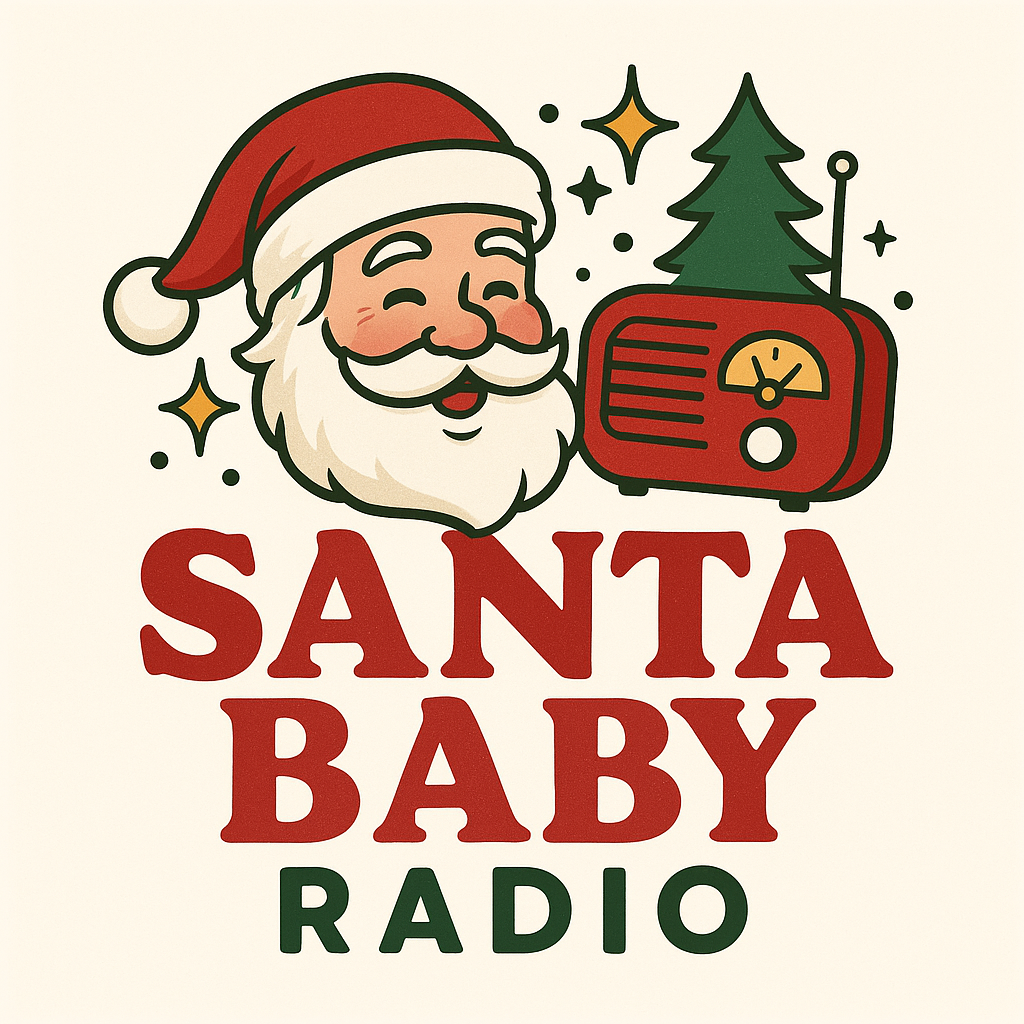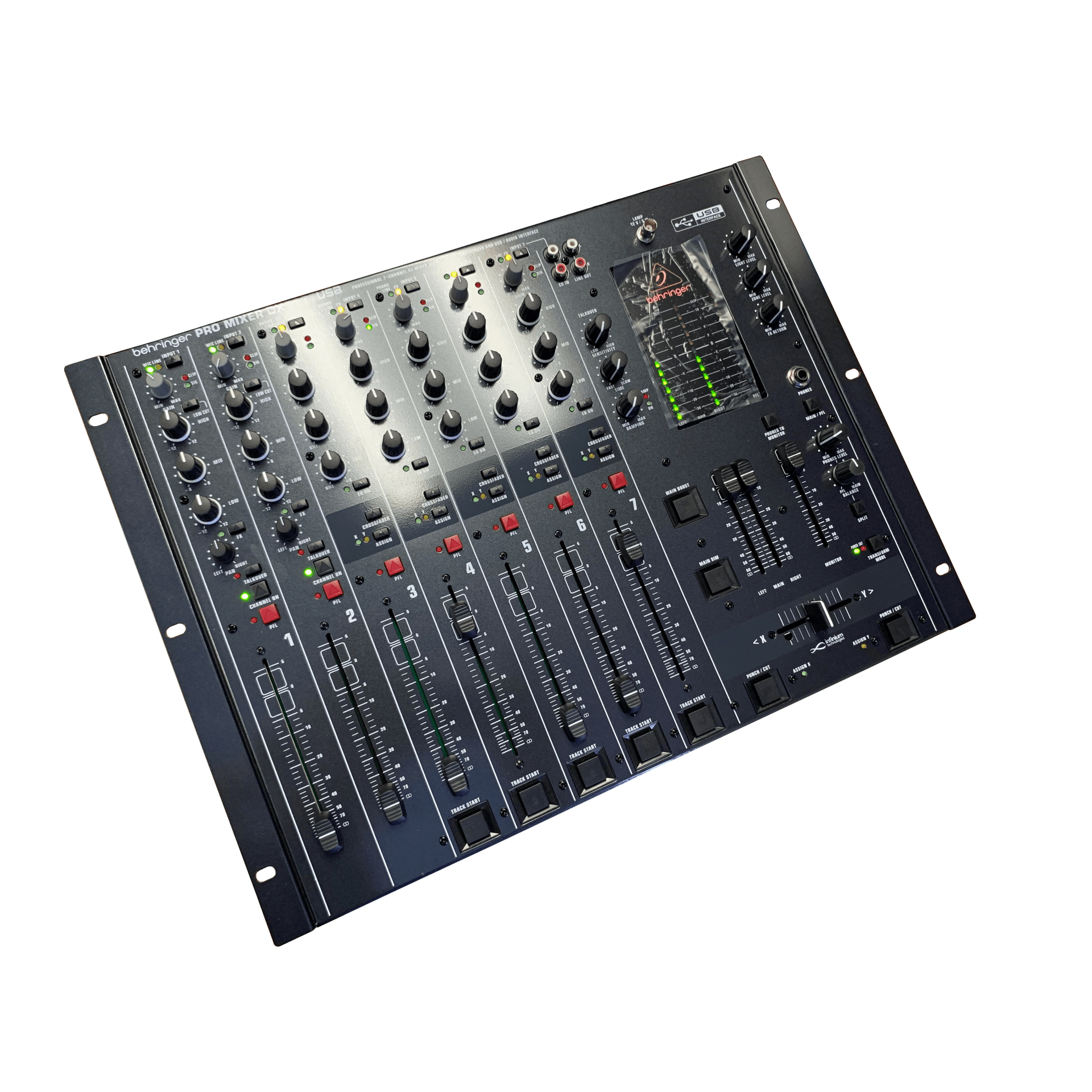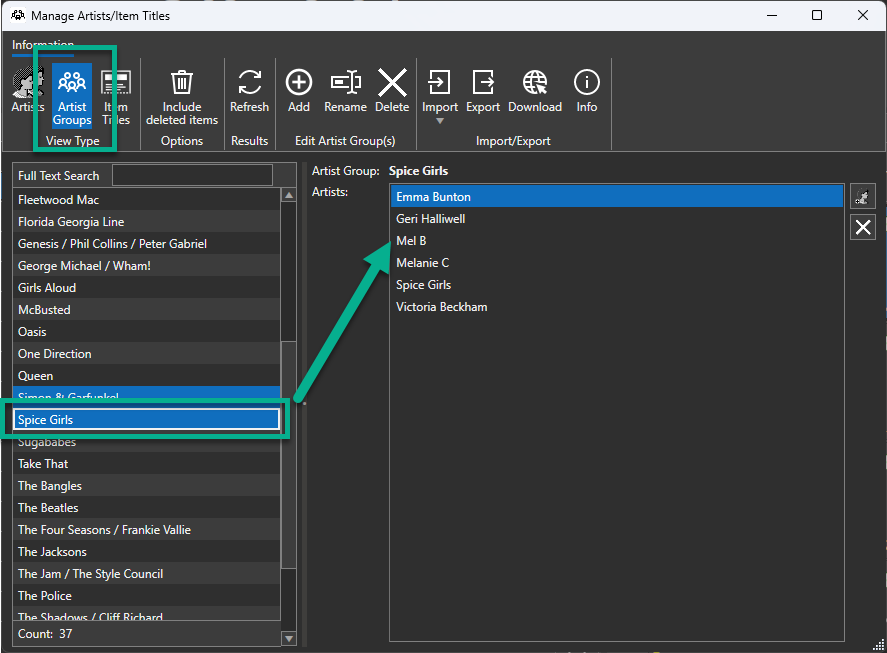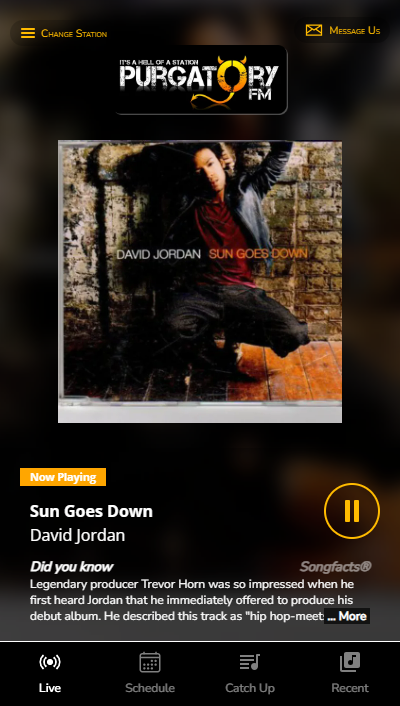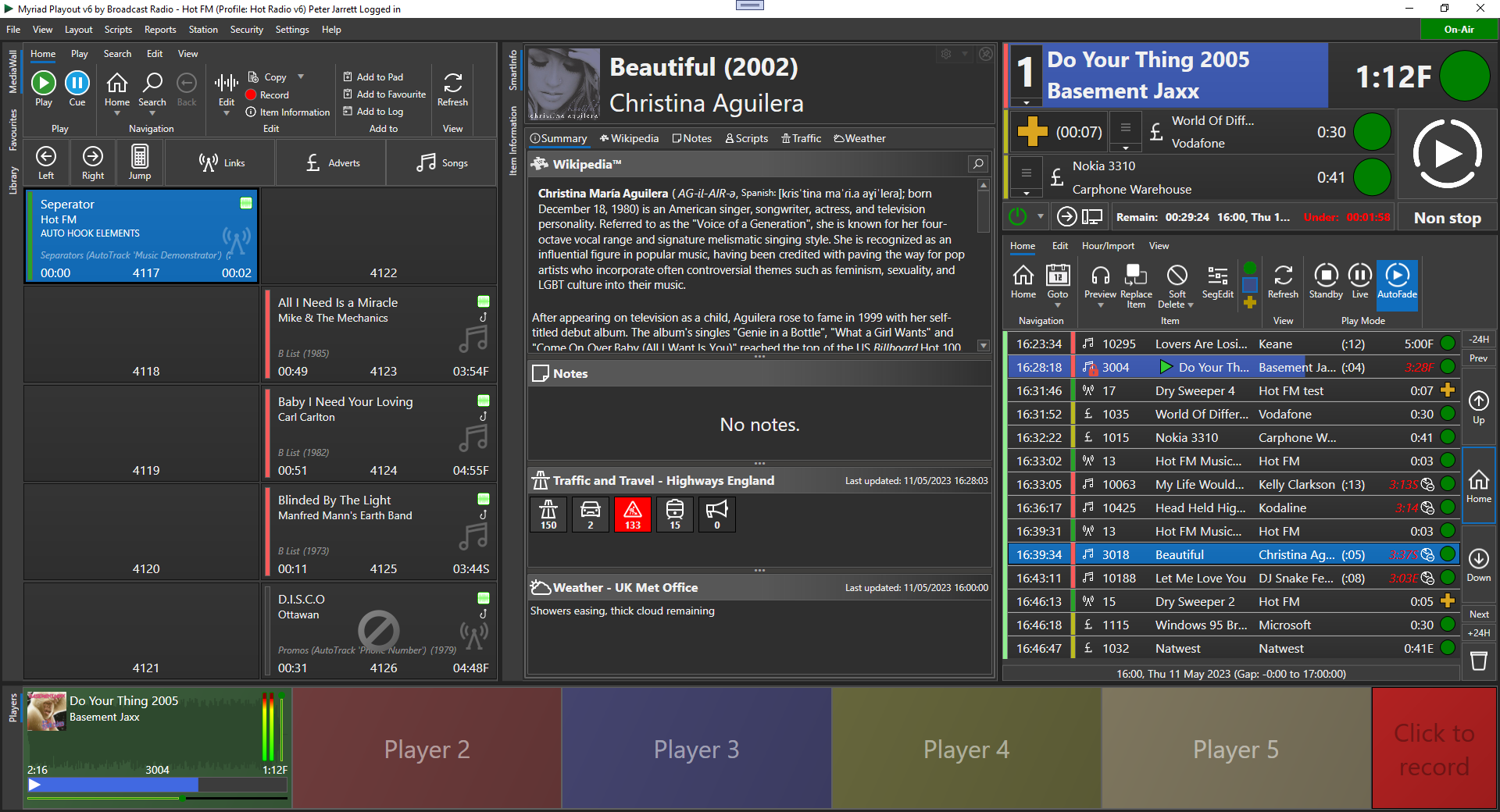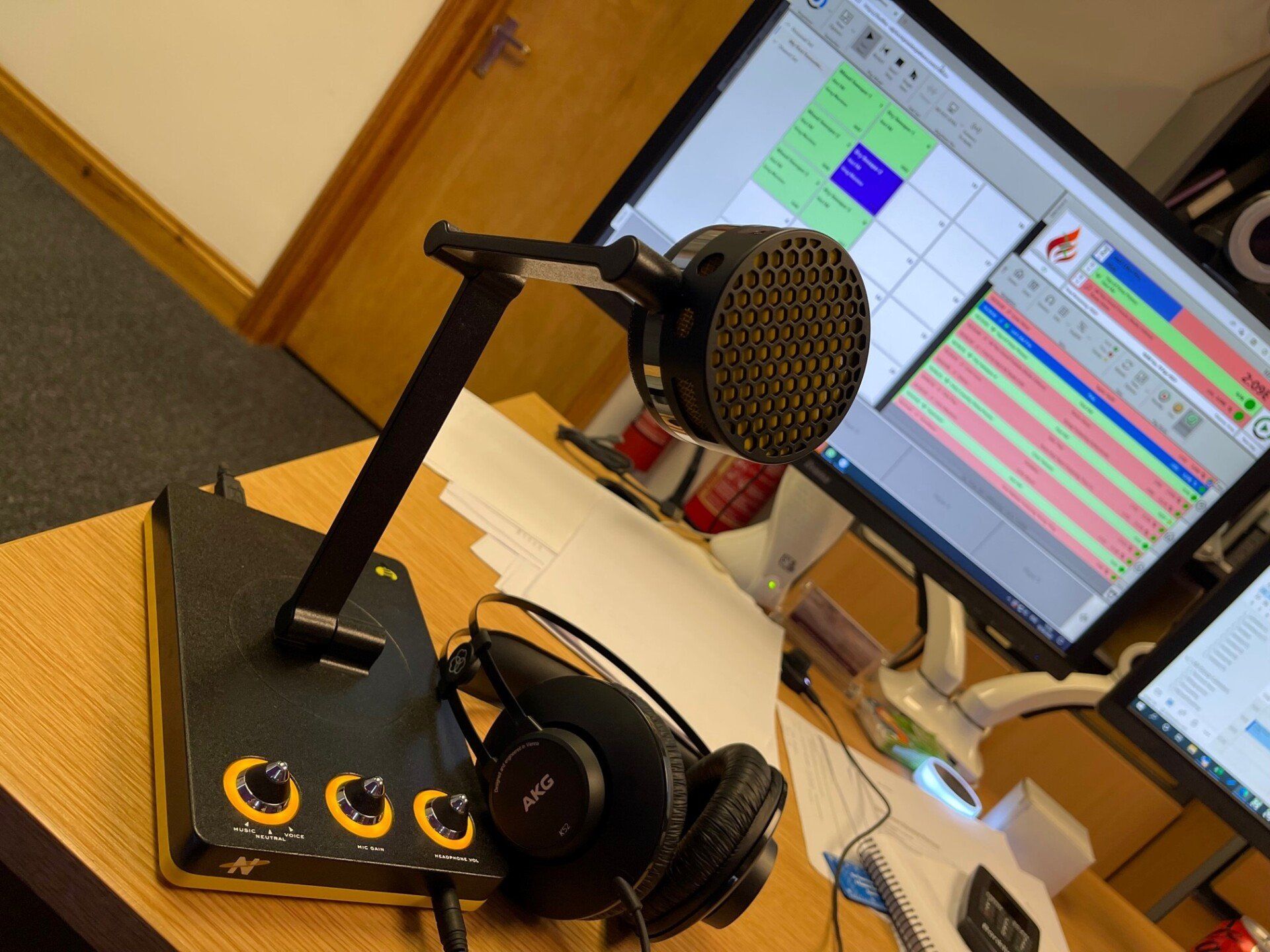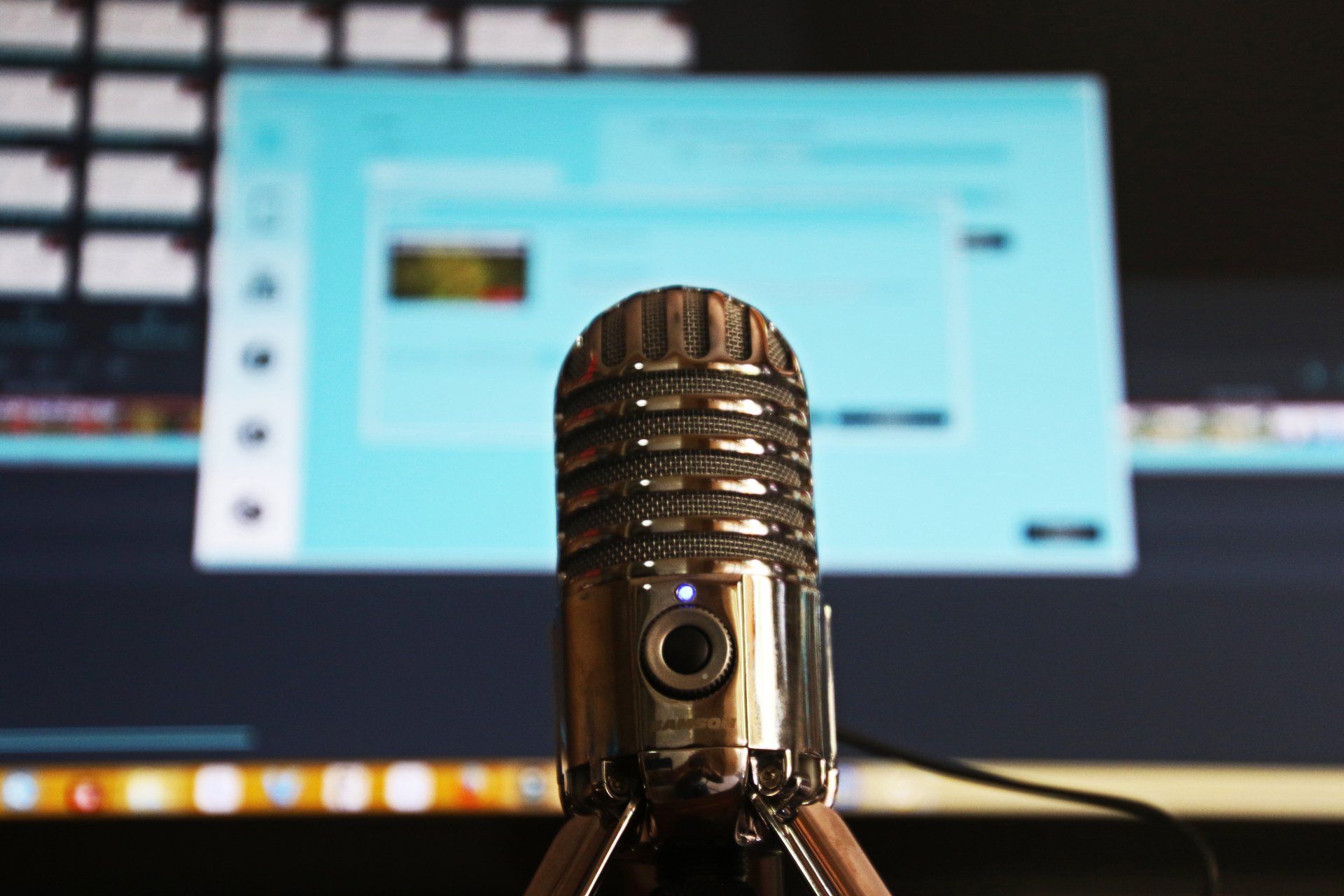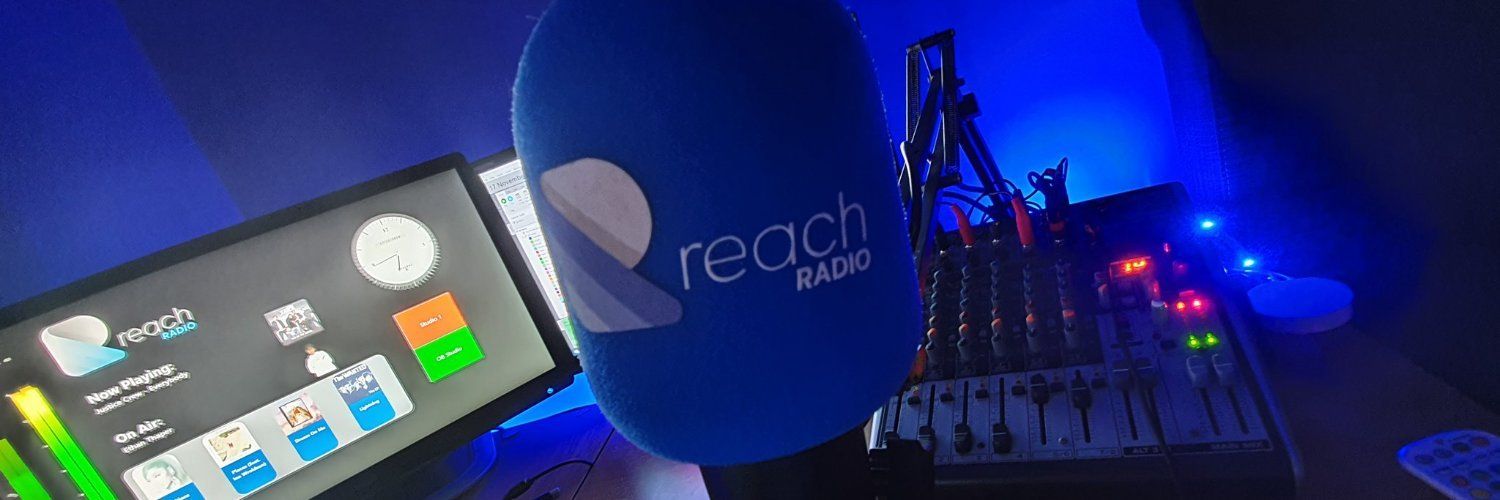The Evolution Of SmartSign
In anticipation of the release of SmartSign 3, we are looking back at the history of our screen studio signage system as well as a quick look at what the future holds.
SmartSign 1 (well just SmartSign) was originally conceived as a simple ‘tally’ indicator to how real world events such as when microphones are active or a phone is ringing. At the time, we were working on the BR Hardware Service as part of the general Myriad 5 development cycle, and wanted a way to showcase the virtual hardware events the BR Hardware Service introduced.
One of the aims was to make the system as cost effective as possible so work began on building an application that would run on Windows IOT on a Raspberry Pi. The Pi was ideal as it included physical hardware I/O built in meaning that SmartSign could use both physical and virtual GPIO and even convert physical inputs to virtual inputs for use in other BR software such as Myriad Logging or other SmartSigns.
We soon started to add other ‘tiles’ to the system to allow clocks, date / time, text, images, RSS feeds and more.
SmartSign was released in 2016 and was an instant hit with our customers.


Whilst SmartSign was popular, over time it became clear that if we wanted to add more advanced features, we would need to move to a new platform so work began on SmartSign2 in Summer of 2021. SmartSign2 was only a minor variation of SmartSign with the main difference being that the platform changed to standard Windows devices meaning SmartSign2 could run on Windows PC’s and laptops as well as Windows based tablets. This move away from Raspberry Pi’s add more power which allowed us to add a new YouTube tile as well as a Media Tile capable of running webcams or audio streams. Much of the code from SmartSign was able to be reused allowing a rapid development cycle resulting in the release of SmartSign2 in October 2021.
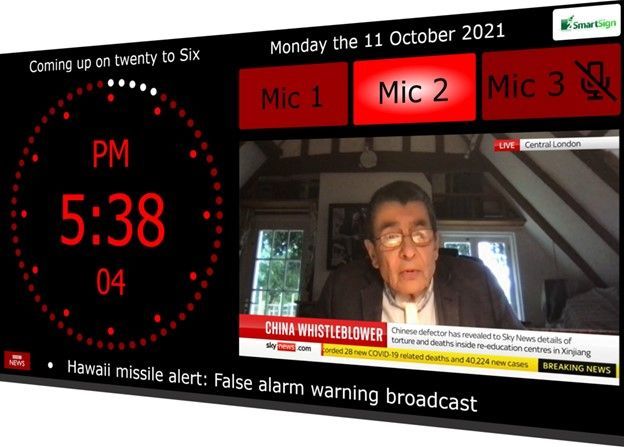
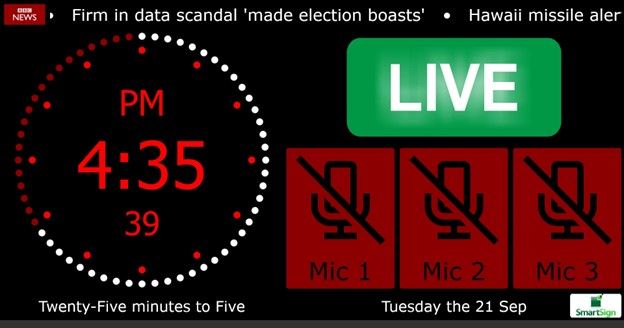
That brings us to SmartSign3 which is currently in the final stages of development.
Unlike SmartSign2, we wanted to do a much deeper re-write for SmartSign3 so whilst many of the screens look the same and most features are retained, underneath, SmartSign3 is significantly different to its processors. The driving force behind this is the new multi-screen support which is a flagship feature of SmartSign3. This allows you to use a single device (with multiple video outputs) to drive signage in multiple locations. So, you can have a single PC that runs SmartSign screens in your studios as well as reception and your news area, with each screen displaying its own information. SmartSign3 will be licensed ‘per screen’ output but the ability to run several screens from a single device will significantly reduce the overall costs for multi-screen environments.
Key new features in SmartSign3 include:
- Multi-screen support.
- New weather tile.
- Enhanced media time (supports a wider range of video formats).
- Live preview of screen in editing view.
- Fully rewritten as a Windows OS app.
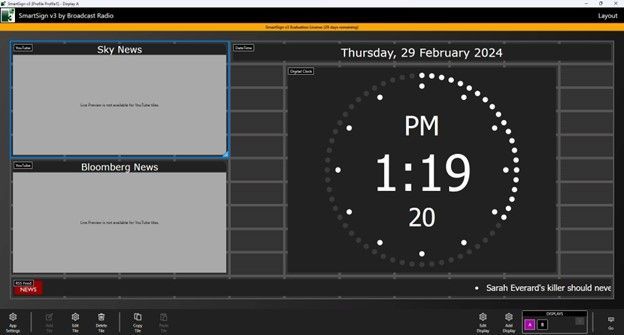
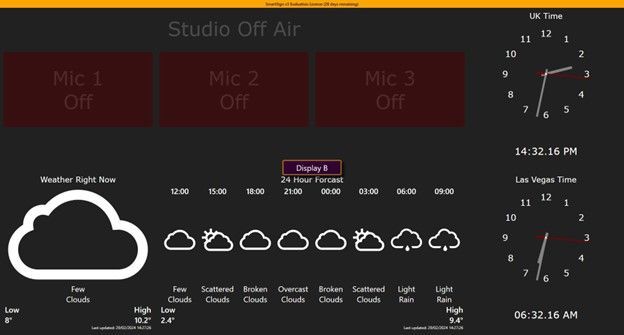

SmartSign3 is undergoing final testing, with a planned release window of late Spring 2024. We will post an update once we have final details.
